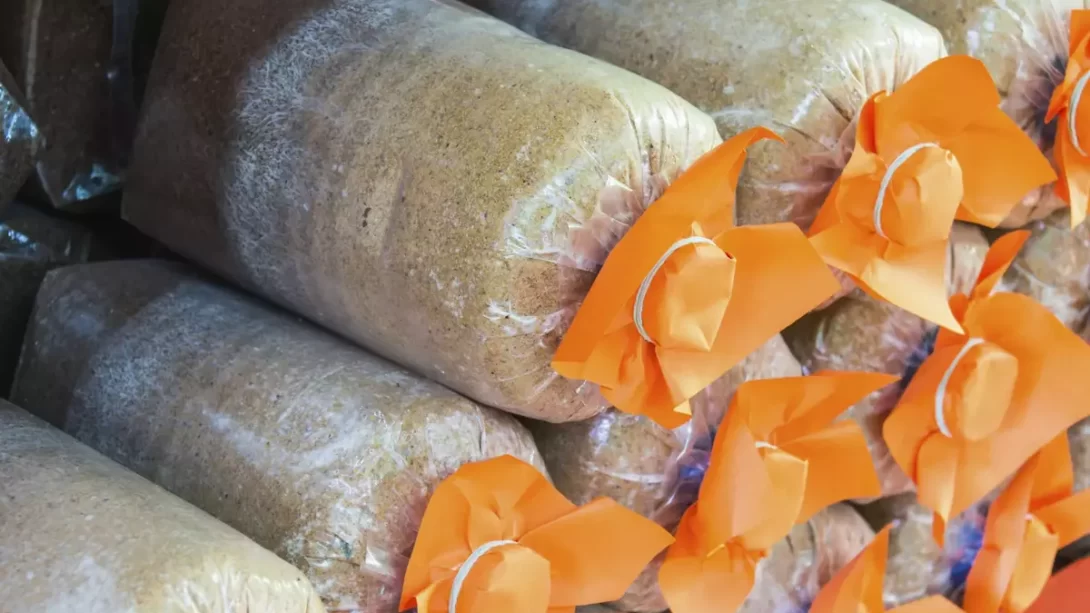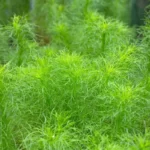Mushroom fruiting bags are an essential tool in modern mushroom cultivation, providing an ideal environment for various mushroom species to grow. These bags, typically made of polypropylene, are used to contain the substrate and mycelium, creating a controlled habitat that supports the development of mushrooms. Commonly grown species in fruiting bags include oyster, shiitake, and lion’s mane mushrooms, each requiring specific conditions for optimal growth.
The use of fruiting bags simplifies the cultivation process by maintaining the necessary balance of humidity, temperature, and gas exchange. For aspiring and experienced mycologists alike, understanding when to open these bags is crucial for successful mushroom cultivation.
Mushroom Growth in Fruiting Bags
Mushrooms grown in fruiting bags undergo a distinct growth cycle. Initially, the mycelium colonizes the substrate within the bag. This colonization phase involves the mycelium consuming nutrients from the substrate and expanding throughout the bag. The environment within the bag during this stage is crucial, as it requires a balance of moisture, air exchange, and darkness to promote healthy mycelial growth.
As the mycelium fully colonizes the substrate, it prepares to enter the next phase – fruiting. Fruiting is the stage where mushrooms begin to form and grow from the mycelium. This transition is triggered by changes in environmental conditions, which are often controlled by the cultivator.
Preparing for Fruiting: Recognizing the Right Time
Determining the right time to open mushroom fruiting bags is pivotal. The key indicator that mushrooms are ready for the fruiting stage is the appearance of a fully colonized substrate, signified by a white, web-like mycelium covering the entire substrate with no visible patches of uncolonized material.
Another sign to look for is the formation of tiny mushroom primordia, also known as “pins,” which are the beginnings of mushroom fruit bodies. These usually form when the mycelium has exhausted the available nutrients in the substrate and is exposed to environmental cues like fresh air, light, and a slight drop in temperature.
The Optimal Time to Open Fruiting Bags
The general guideline for opening mushroom fruiting bags varies depending on the mushroom species being cultivated. Typically, bags should be opened once the substrate is fully colonized and initial pinning has begun. For many species, this happens several weeks after inoculation, but the exact timing can vary.
For instance, oyster mushrooms may be ready to open sooner than shiitake mushrooms, as they tend to colonize and fruit more rapidly. Monitoring the bags and understanding the specific growth patterns of the species you are cultivating is essential for timing the opening of the bags correctly.
Factors Influencing the Timing of Opening Fruiting Bags
The decision on when to open mushroom fruiting bags is influenced by several environmental factors. Key among these are:
- Temperature: Different mushroom species thrive at different temperatures. For instance, oyster mushrooms prefer slightly warmer temperatures for fruiting compared to shiitake mushrooms.
- Humidity: High humidity levels are generally required for mushroom fruiting. If the humidity inside the bag is too low, it can delay or prevent the formation of fruiting bodies.
- Light: While mycelium growth occurs best in darkness, the introduction of light signals to the mushrooms that it’s time to start fruiting. The presence of indirect light can encourage pin formation.
It’s important to monitor these environmental conditions closely and adjust them as needed to promote the transition from mycelial growth to fruiting.
Steps to Open Mushroom Fruiting Bags
Opening a mushroom fruiting bag involves more than just cutting it open; it requires a careful process to ensure the continued health and productivity of the mushrooms. Here’s how to do it:
- Sanitize Your Hands and Tools: Before handling the fruiting bag, ensure that your hands and any tools you use are clean to minimize the risk of contamination.
- Inspect the Bag: Look for signs of full colonization and initial pinning. The bag should be densely covered in mycelium, with no uncolonized substrate visible.
- Make an Opening: Using a sterilized knife or scissors, cut a small opening in the bag. The size of the opening will depend on the mushroom species and the growing conditions.
- Control Environmental Conditions: After opening the bag, maintain appropriate humidity, temperature, and light conditions to support fruiting.
Post-Opening Care and Maintenance
Once the fruiting bag is opened, the mushrooms will need continued care and attention:
- Maintain Humidity: Use a spray bottle to mist the mushrooms and the inside of the bag regularly, keeping the environment moist but not waterlogged.
- Provide Fresh Air: Ensure good air circulation to provide fresh air and remove carbon dioxide, which can accumulate around growing mushrooms.
- Monitor Growth: Keep an eye on the developing mushrooms, looking for signs of healthy growth or any indicators of problems like mold or drying out.
Troubleshooting Common Issues After Opening Fruiting Bags
Opening mushroom fruiting bags can sometimes lead to challenges that need to be addressed promptly for a successful harvest. Common issues include:
- Mold Growth: If you notice mold on your mushrooms or substrate, it could be due to excessive moisture or poor air circulation. Adjust your watering routine and ensure the growing area is well-ventilated.
- Drying Out: Mushrooms and substrate drying out can be a sign of inadequate humidity. Increase misting frequency and consider using a humidity tent or tray to maintain moisture levels.
- Slow or No Fruiting: This can occur if the environmental conditions are not optimal for the specific mushroom species. Review and adjust temperature, humidity, and light exposure as needed.
In each case, it’s important to act quickly to correct environmental factors and minimize the impact on the mushroom crop.
Preventative Measures to Ensure Healthy Mushroom Growth
To prevent issues from occurring after opening the fruiting bags, consider the following preventative measures:
- Regular Monitoring: Keep a close eye on the growing mushrooms, checking for any signs of stress or disease.
- Control Environmental Conditions: Use a hygrometer and thermometer to monitor and maintain the right humidity and temperature in your growing area.
- Cleanliness and Hygiene: Maintain a clean growing area and practice good hygiene to reduce the risk of contamination.
Conclusion
Opening mushroom fruiting bags at the right time is crucial for cultivating healthy, productive mushrooms. By understanding the growth cycle of the mushrooms, recognizing the signs of readiness for fruiting, and providing the appropriate post-opening care, cultivators can ensure a successful and rewarding harvest. Remember, each mushroom species has its unique requirements, so tailor your approach accordingly.
Whether you’re a hobbyist or a commercial grower, the process of growing mushrooms in fruiting bags is a fascinating and gratifying experience. With careful monitoring, timely actions, and a passion for mycology, you can enjoy the fruits of your labor with a bountiful mushroom crop.



